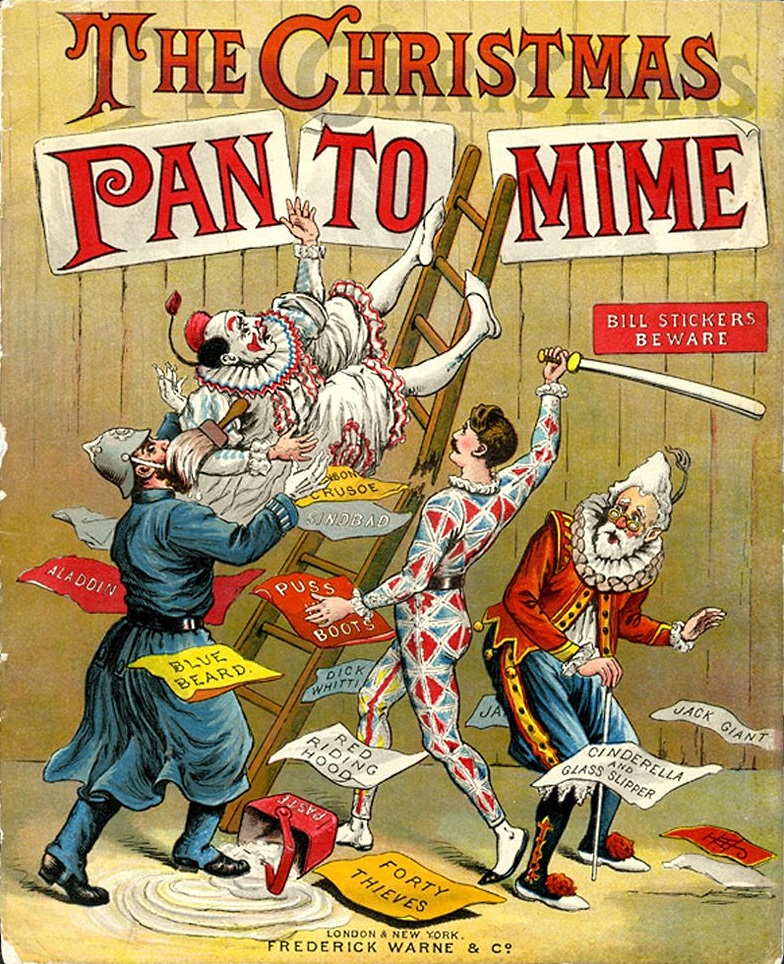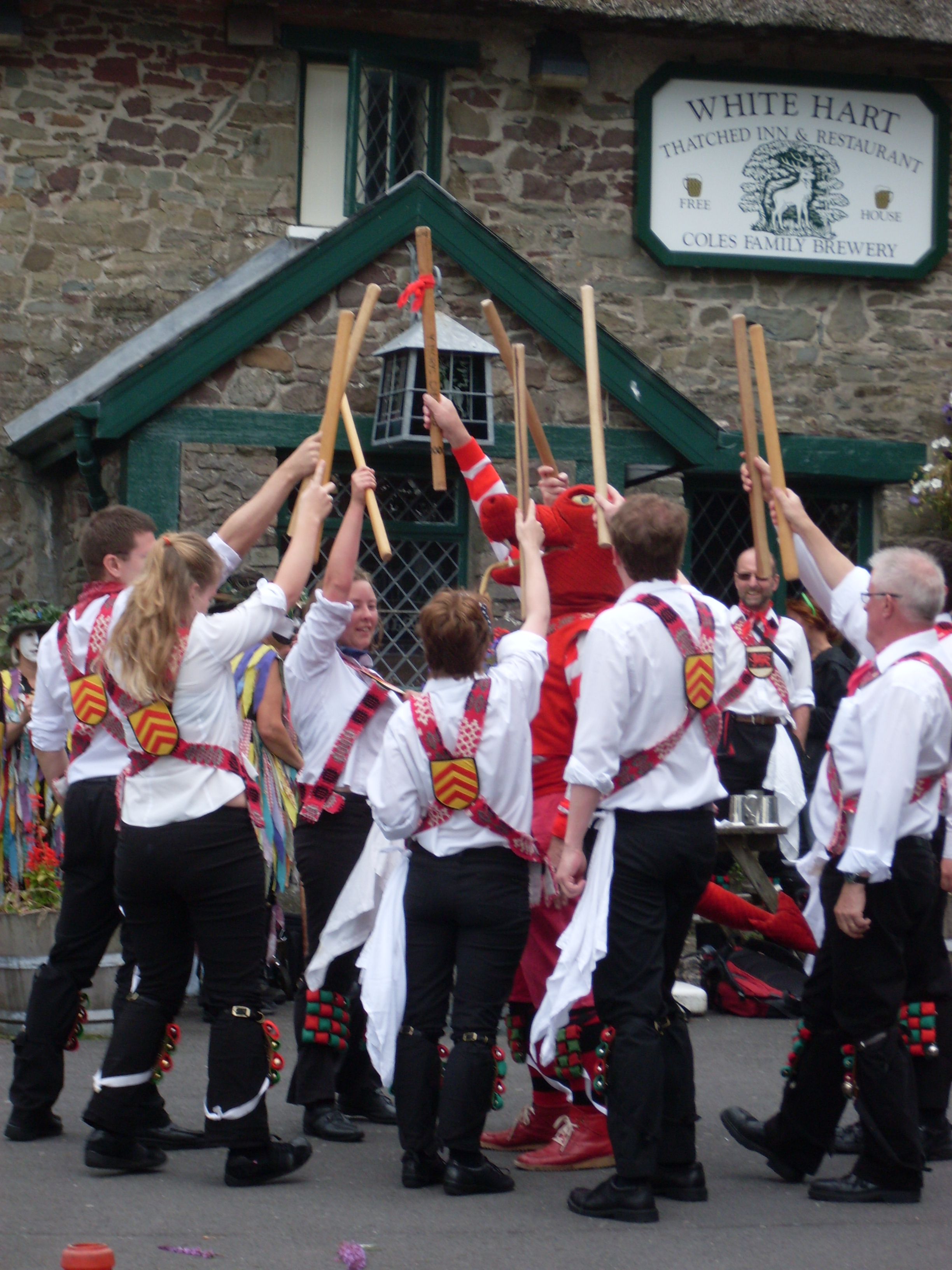|
Haydor
Heydour is a hamlet and civil parish in the South Kesteven district of Lincolnshire, England. The parish population of 286 at the 2001 census rose to 311 at the 2011 census. Heydour lies about south-west of Sleaford and north-east of Grantham. It forms a group of parish hamlets with Kelby, Culverthorpe, Oasby and Aisby. History The 1086 ''Domesday Book'' records it as ''"Haidure"'' and ''"Heidure"'', with of meadow and of woodland within the manor of Osbournby. Before the Norman conquest of England it was held by Aelfric, son of Godram, and after 1086, by Vitalis. Particularly around the south of the village there are earthwork signs of houses, crofts, quarries and ridge and furrow field systems from earlier medieval settlement. The village belonged to the historical wapentake of Winnibriggs and Threo. In 1885 the township covered with a population in 1881 of 363. The parish, including Kelby and Culverthorpe has 447 inhabitants. There existed in Heydour from the 14th ce ... [...More Info...] [...Related Items...] OR: [Wikipedia] [Google] [Baidu] |
Culverthorpe
Culverthorpe is a hamlet in the civil parish of Culverthorpe and Kelby, in the North Kesteven district of Lincolnshire, England. It lies south-west from Sleaford, north-east from Grantham and south-east from Ancaster. History According to ''A Dictionary of British Place Names'', the 'thorpe' in Culverthorpe derives from the Old Scandinavian for "outlying farmstead or hamlet", with 'Culver' the later added owner's name of uncertain origin. In the ''Domesday'' account Culverthorpe is written as "Torp". The settlement was in the Aswardhurn Hundred of Kesteven, Lincolnshire.There were nine households, eight villagers, a priest and a church, four ploughlands and of meadow. Before the Conquest the lordship was held by Tonni of Lusby but afterwards by Gilbert of Ghent who also became Tenant-in-chief. The hamlets of Heydour and Culverthorpe passed through various plantagenet owners during the reign of Henry III. The Grade I listed Culverthorpe Hall, together with its esta ... [...More Info...] [...Related Items...] OR: [Wikipedia] [Google] [Baidu] |
Kelby
Kelby is a village in the civil parish of Culverthorpe and Kelby, in the North Kesteven district of Lincolnshire, England. It lies south-west from Sleaford, north-east from Grantham and south-east from Ancaster. Kelby was formerly a chapelry in the parish of Haydor, in 1866 Kelby became a separate civil parish, on 1 April 1935 the parish was abolished and merged with Culverthorpe to form "Culverthorpe and Kelby". In 1921 the parish had a population of 61. Kelby church is dedicated to St Andrew."Heydour" Genuki. Retrieved 17 May 2019 Its tower was rebuilt in 1881 after a collapse. The church basement is and the |
United Kingdom Census 2001
A nationwide census, known as Census 2001, was conducted in the United Kingdom on Sunday, 29 April 2001. This was the 20th Census in the United Kingdom, UK census and recorded a resident population of 58,789,194. The 2001 UK census was organised by the Office for National Statistics (ONS) in England and Wales, the General Register Office for Scotland (GROS) and the Northern Ireland Statistics and Research Agency (NISRA). Detailed results by region, council area, ward and ONS coding system, output area are available from their respective websites. Organisation Similar to previous UK censuses, the 2001 census was organised by the three statistical agencies, ONS, GROS, and NISRA, and coordinated at the national level by the Office for National Statistics. The Order in Council#Orders in Council as Statutory Instruments, Orders in Council to conduct the census, specifying the people and information to be included in the census, were made under the authority of the Census Act 1920 in ... [...More Info...] [...Related Items...] OR: [Wikipedia] [Google] [Baidu] |
Freestone (masonry)
A freestone is a type of stone used in masonry for molding, tracery and other replication work required to be worked with the chisel. Freestone, so named because it can be freely cut in any direction, must be fine-grained, uniform and soft enough to be cut easily without shattering or splitting. Some sources, including numerous nineteenth-century dictionaries, say that the stone has no grain, but this is incorrect. Oolitic stones are generally used, although in some countries soft sandstones are used; in some churches an indurated chalk called clunch is employed for internal lining and for carving. Some have believed that the word "freemason" originally referred, from the 14th century, to a person capable of carving freestone. See also * Aquia Creek sandstone * Hummelstown brownstone Hummelstown brownstone is a medium-grain, dense sandstone quarried near Hummelstown, Pennsylvania, Hummelstown in Dauphin County, Pennsylvania, Dauphin County, Pennsylvania, USA. It is a d ... [...More Info...] [...Related Items...] OR: [Wikipedia] [Google] [Baidu] |
Christmas Carol
A Christmas carol is a Carol (music), carol on the theme of Christmas, traditionally sung at Christmas itself or during the surrounding Christmas and holiday season. The term noel has sometimes been used, especially for carols of French origin. Christmas carols may be regarded as a subset of the broader category of Christmas music. History The first known Christmas hymns may be traced to 4th-century Rome. Latin hymns such as Veni redemptor gentium, written by Ambrose, Archbishop of Milan, were austere statements of the theological doctrine of the Incarnation in opposition to Arianism. Corde natus ex Parentis (''Of the Father's Heart Begotten, Of the Father's heart begotten'') by the Spanish poet Prudentius (d. 413) is still sung in some churches today. In the 9th and 10th centuries, the Christmas sequence (or prose) was introduced in Northern European monasteries, developing under Bernard of Clairvaux into a Sequence (liturgy), sequence of rhymed stanzas. In the 12th cent ... [...More Info...] [...Related Items...] OR: [Wikipedia] [Google] [Baidu] |
Pantomime
Pantomime (; informally panto) is a type of musical comedy stage production designed for family entertainment, generally combining gender-crossing actors and topical humour with a story more or less based on a well-known fairy tale, fable or folk tale.Reid-Walsh, Jacqueline. "Pantomime", ''The Oxford Encyclopedia of Children's Literature'', Jack Zipes (ed.), Oxford University Press (2006), Pantomime is a participatory form of theatre developed in England in the 18th century, in which the audience is encouraged and expected to sing along with certain parts of the music and shout out phrases to the performers. The origins of pantomime reach back to ancient Greek classical theatre. It developed partly from the 16th century commedia dell'arte tradition of Italy and partly from other European and British stage traditions, such as 17th-century masques and music hall. An important part of the pantomime, until the late 19th century, was the harlequinade. Modern pantomime is perfor ... [...More Info...] [...Related Items...] OR: [Wikipedia] [Google] [Baidu] |
Morris Dance
Morris dancing is a form of English folklore, English folk dance. It is based on rhythmic stepping and the execution of choreographed figures by a group of dancers in costume, usually wearing bell pads on their shins, their shoes or both. A band or single musician, also costumed, will accompany them. Sticks, swords, handkerchiefs, and a variety of other implements may be wielded by the dancers. Morris dancing first appeared in England in the Middle Ages, England in the 15th century. Its earliest surviving mention dates to 1448 and records the payment of seven shillings to Morris dancers by the Goldsmiths' Company in London. The term ''Morris'' derives from the Spanish language, Spanish term , although Morris dancing has no known historical connection to the Moors. Three prominent groups organise and support Morris in England: Morris Ring, Morris Federation and Open Morris; all three organisations have members from other countries as well. There are around 150 Morris sides (or ... [...More Info...] [...Related Items...] OR: [Wikipedia] [Google] [Baidu] |
Mummers Play
Mummers' plays are folk plays performed by troupes of amateur actors, traditionally all male, known as mummers or guisers (also by local names such as ''rhymers'', ''pace-eggers'', ''soulers'', ''tipteerers'', ''wrenboys'', and ''galoshins''). Historically, mummers' plays consisted of informal groups of costumed community members that visited from house to house on various holidays. Today the term refers especially to a play in which a number of characters are called on stage, two of whom engage in a combat, the loser being revived by a doctor character. This play is sometimes found associated with a sword dance though both also exist in Britain independently. Plays may be performed in the street or during visits to houses and pubs. They are generally performed seasonally, often at Christmas, Easter or on Plough Monday, more rarely on Halloween or All Souls' Day, and often with a collection of money. The practice may be compared with other customs such as those of Halloween, Bon ... [...More Info...] [...Related Items...] OR: [Wikipedia] [Google] [Baidu] |
John Harris (curator)
John Frederick Harris OBE (13 August 1931 – 6 May 2022) was an English curator, historian of architecture, gardens and architectural drawings, and the author of more than 25 books and catalogues, and 200 articles. He was a Fellow and Curator Emeritus of the Drawings Collection of the Royal Institute of British Architects, founding Trustee of Save Britain's Heritage and Save Europe's Heritage, and founding member and Honorary Life President of the International Confederation of Architectural Museums. Career John Harris was born on 13 August 1931 in Hackney, London, to Maud, a housewife, and Frederick Harris, an upholsterer. He left school shortly before he was 14. He travelled and took on miscellaneous jobs, before starting his proper career in 1954 working in an antiques shop, Collin and Winslow. [...More Info...] [...Related Items...] OR: [Wikipedia] [Google] [Baidu] |
Nikolaus Pevsner
Sir Nikolaus Bernhard Leon Pevsner (30 January 1902 – 18 August 1983) was a German-British art historian and architectural historian best known for his monumental 46-volume series of county-by-county guides, ''The Buildings of England'' (1951–74). Life Nikolaus Pevsner was born in Leipzig, Kingdom of Saxony, Saxony, the son of Anna and her husband Hugo Pevsner, a Russian-Jewish fur merchant. He attended St. Thomas School, Leipzig, and went on to study at several universities, Ludwig Maximilian University of Munich, Munich, Humboldt University of Berlin, Berlin, and Goethe University Frankfurt, Frankfurt am Main, before being awarded a doctorate by Leipzig University, Leipzig in 1924 for a thesis on the Architecture of Leipzig#Leipzig bourgeois town houses and oriel windows of the Baroque era, Baroque architecture of Leipzig. In 1923, he married Carola ("Lola") Kurlbaum, the daughter of distinguished Leipzig lawyer Alfred Kurlbaum. He worked as an assistant keeper at the Ge ... [...More Info...] [...Related Items...] OR: [Wikipedia] [Google] [Baidu] |
Lord Of The Manor
Lord of the manor is a title that, in Anglo-Saxon England and Norman England, referred to the landholder of a historical rural estate. The titles date to the English Feudalism, feudal (specifically English feudal barony, baronial) system. The lord enjoyed Manorialism, manorial rights (the rights to establish and occupy a residence, known as the manor house and demesne) as well as seignory, the right to grant or draw benefit from the estate (for example, as a landlord). The title is not a peerage or title of upper nobility (although the holder could also be a peer) but was a relationship to land and how it could be used and those living on the land (tenants) may be deployed, and the broad estate and its inhabitants administered. The title continues in modern England and Wales as a legally recognised form of property that can be held independently of its historical rights. It may belong entirely to one person or be a moiety title, moiety shared with other people. The title is know ... [...More Info...] [...Related Items...] OR: [Wikipedia] [Google] [Baidu] |
Manor House
A manor house was historically the main residence of the lord of the manor. The house formed the administrative centre of a manor in the European feudal system; within its great hall were usually held the lord's manorial courts, communal meals with manorial tenants and great banquets. The term is today loosely (though erroneously) applied to various English country houses, mostly at the smaller end of the spectrum, sometimes dating from the Late Middle Ages, which currently or formerly house the landed gentry. Manor houses were sometimes fortified, albeit not as fortified as castles, but this was often more for show than for defence. They existed in most European countries where feudalism was present. Function The lord of the manor may have held several properties within a county or, for example in the case of a feudal baron, spread across a kingdom, which he occupied only on occasional visits. Even so, the business of the manor was directed and controlled by regular mano ... [...More Info...] [...Related Items...] OR: [Wikipedia] [Google] [Baidu] |





